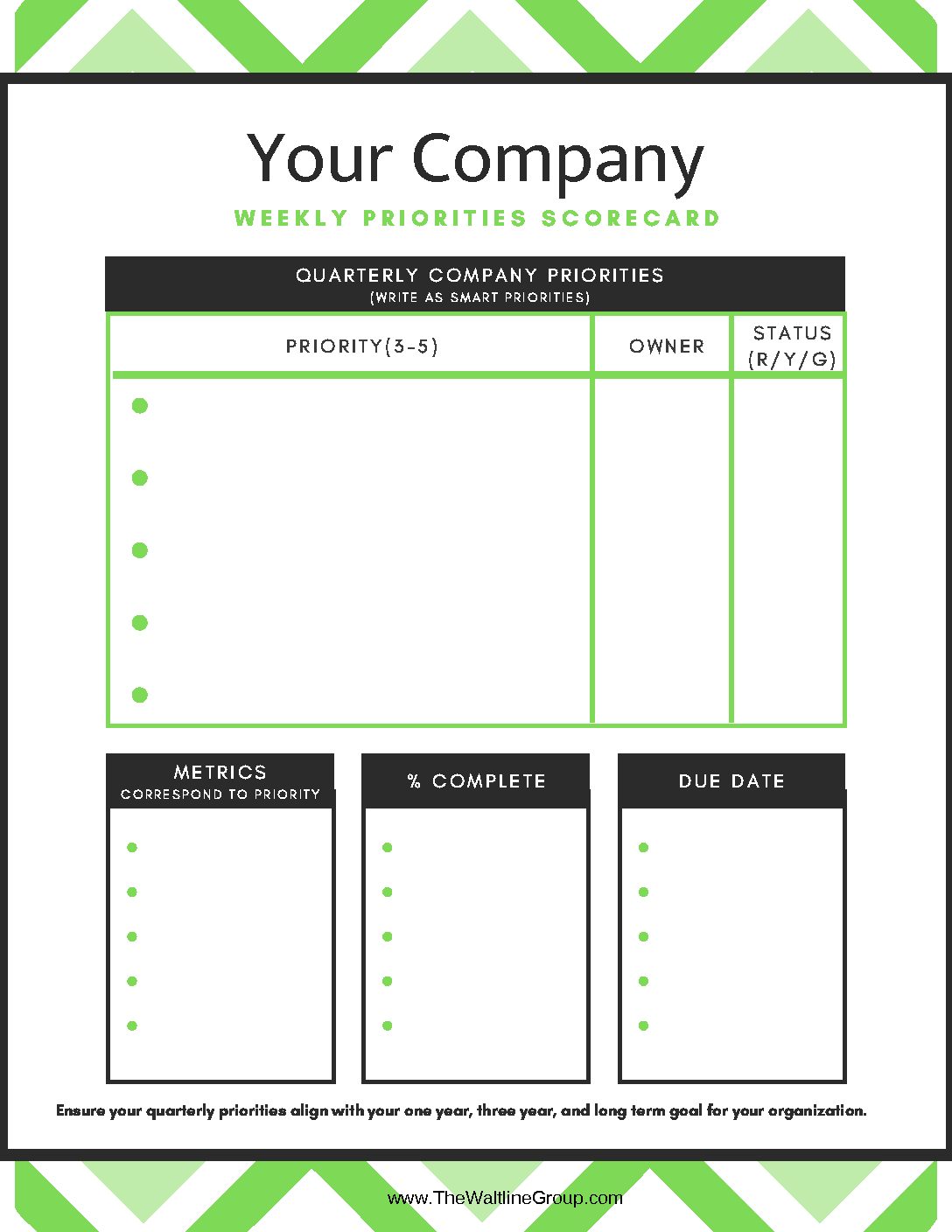FIRE!
It was everywhere! It was not the kind with flames, but the kind that was problem after problem encompassing my team’s focus and direction.
We had set priorities, but we weren’t sticking to them. The urgency of other issues was trumping our ability to move forward towards our actual priorities. Something else always seemed to need our focus. As Patrick Lencioni says, “if everything is important, nothing is important,” and we were feeling that.
The critical piece of the puzzle we were missing was keeping our priorities. We weren’t effectively communicating them and making sure we were all aligned around them and laser-focused on achieving them. The business often had one set, but the IT team often had another. We needed a way to communicate better and keep ourselves focused and accountable. What we were missing was a clear scorecard.
A scorecard levels the playing field. It has a handful of key priorities and metrics that are updated and monitored consistently to make sure you are making the progress you need to be making or having the conversations needed when you are off track. These priorities and metrics are set for the quarter and their status is visible to everyone. Some will be financially focused, such as revenue, and others will be widget-focused, meaning they are something you are counting, like user subscriptions or products shipped.
To keep this in check, make sure you have only 3-5 company priorities with that many corresponding metrics. Keeping alignment around a few key priorities enables your organization to focus and get work done. Involve your team members responsible for hitting the metrics as you set them to ensure alignment and engagement. Attached is a scorecard template for you to take and modify to use with your organization.
Always remember, we can only achieve what we are monitoring and can clearly see. Engage your team in the process and let the results speak for themselves!
Did you miss my posts on how to set priorities? There is a link to it in the comments, too!




